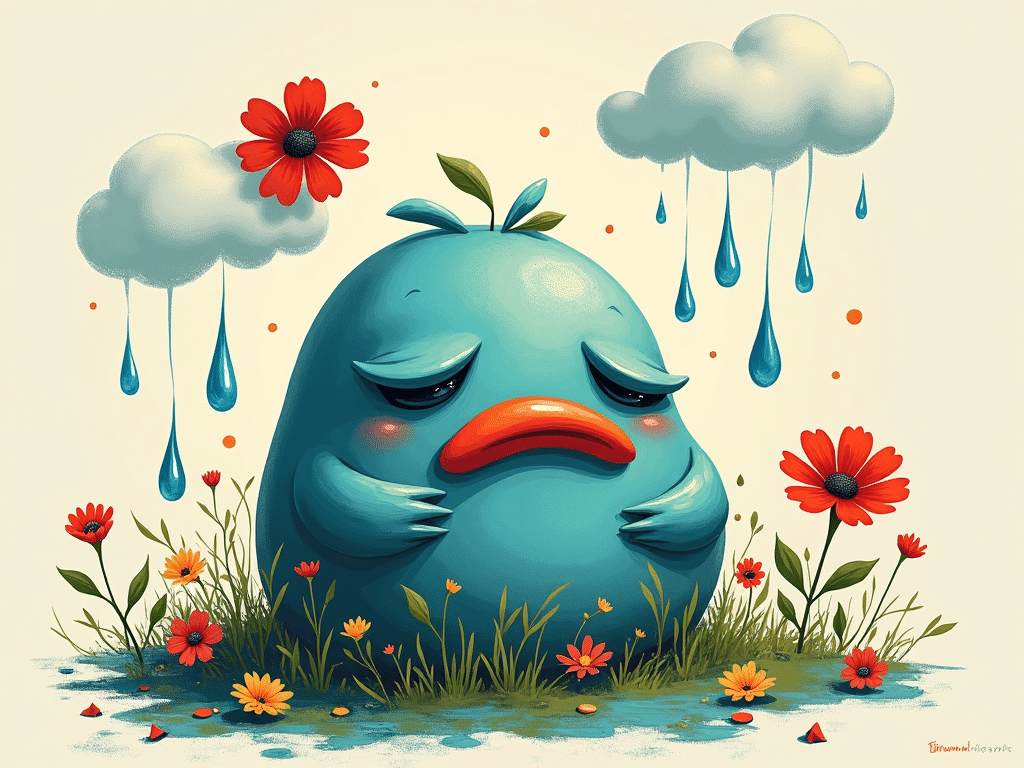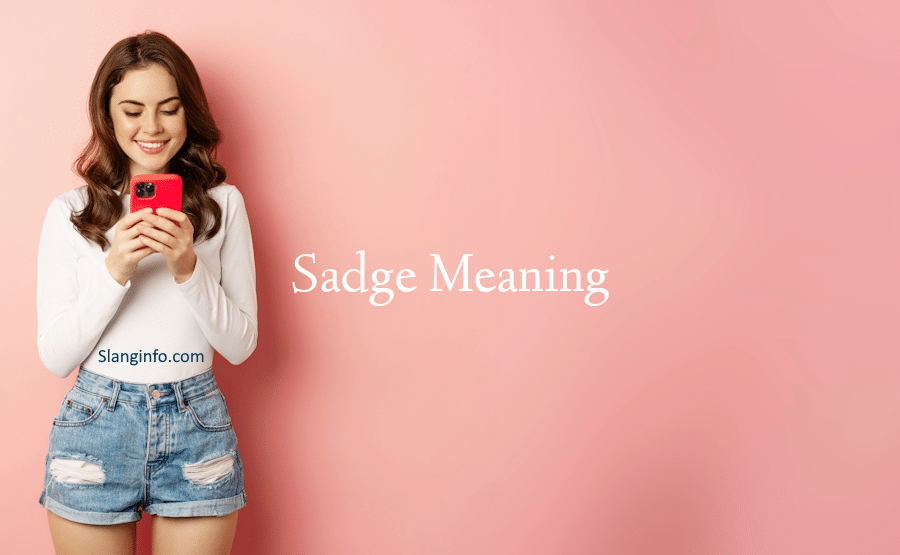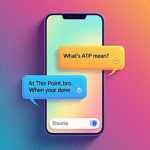Sadge is a popular emote used on Twitch and other online platforms to express sadness, disappointment, or dejection. This flattened version of Pepe the Frog with a sad, disappointed expression has become an integral part of online communication, particularly in gaming and streaming communities.
| Key Takeaways |
|---|
| Sadge originated from the Pepe the Frog meme |
| It’s used to express sadness, disappointment, or ironic reactions |
| The emote is widely used on Twitch and other online platforms |
| It’s part of a larger family of Pepe-based emotes |
| Understanding Sadge can enhance your online communication experience |

Origin and Meaning
Sadge originated from a variation of the Pepe the Frog meme, which dates back to 2005. The specific sad version of Pepe first appeared on 4chan in January 2009. It was later introduced to Twitch in early 2020 through extensions like BetterTTV and FrankerFaceZ.
The name “Sadge” is believed to be a combination of the words “sad” and “cringe”. The emote depicts a flattened version of Pepe the Frog with a sad, disappointed expression and a downward glance.
Usage and Context
Sadge is primarily used to convey:
- Sadness or disappointment
- Ironic or exaggerated reactions to minor setbacks
- Empathy for someone else’s misfortune
While it literally means “sad,” the emote is often used humorously or sarcastically rather than to express genuine sorrow. For example, viewers might spam Sadge in a Twitch chat when a streamer loses a game or makes a mistake.
How to Use Sadge
To use the Sadge emote on Twitch:
- Install the BetterTTV or FrankerFaceZ extension for your browser.
- Type “Sadge” or “:sadge:” in the Twitch chat.
Note that the emote will only appear if the streamer’s channel supports it through these extensions.
Cultural Impact

Sadge has become deeply ingrained in Twitch culture and online gaming communities. It’s frequently used alongside other popular emotes and has inspired memes, copypastas, and even songs dedicated to it. The emote’s versatility allows it to be used in various contexts, from genuine expressions of disappointment to playful banter.
Variations and Related Emotes
While Sadge is unique, it’s part of a larger family of emotes that express different emotions:
- PepeHands: Shows Pepe crying, used for more extreme sadness
- Pepega: Depicts a distorted Pepe, used to express confusion or stupidity
- MonkaS: Portrays a nervous or anxious Pepe, often used in tense situations
These variations allow users to express a wide range of emotions using the familiar Pepe character.
Sadge in Popular Culture
The Sadge emote has transcended its original platform and can now be found:
- On Discord servers
- In YouTube comments
- On social media platforms like Twitter and Instagram
Its widespread use has even led to the creation of Sadge-themed merchandise, including t-shirts, stickers, and phone cases.
Controversy and Considerations
While Sadge is widely recognized on Twitch, its availability may vary depending on the channel and the extensions used. Some streamers may choose not to enable it due to its association with Pepe the Frog, which has been controversial in some contexts.
Tips for Using Sadge
- Context is key: Use Sadge appropriately based on the situation and the streamer’s community norms.
- Don’t overuse: Spamming any emote, including Sadge, can be annoying and may get you timed out or banned from a chat.
- Combine with other emotes: Sadge often works well when combined with other emotes to create more complex expressions.
The Future of Sadge
As internet culture evolves, so do emotes. While Sadge remains popular, new variations and entirely new emotes are constantly emerging. Staying updated with these trends can help you better navigate and enjoy online communities.
Conclusion
Sadge has become an integral part of online communication, particularly in gaming and streaming communities. Its simplicity and versatility have contributed to its widespread adoption and enduring popularity. Whether you’re a seasoned Twitch user or new to the platform, understanding emotes like Sadge can greatly enhance your online experience and help you connect with others in these digital spaces.
Remember, the key to using Sadge effectively is to understand its meaning, use it in appropriate contexts, and be mindful of the community you’re engaging with. Happy emoting, and may your Sadge moments be few and far between!







